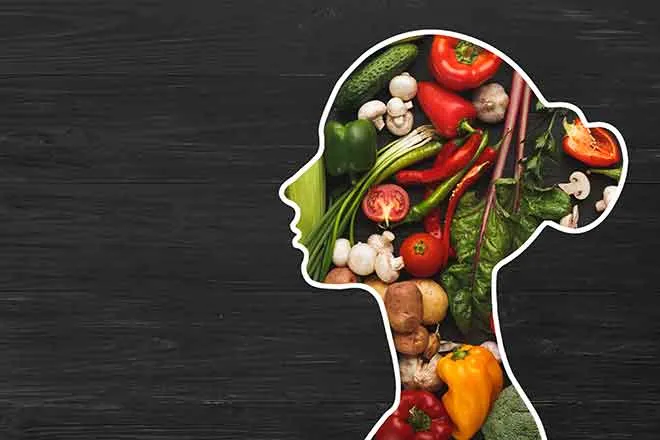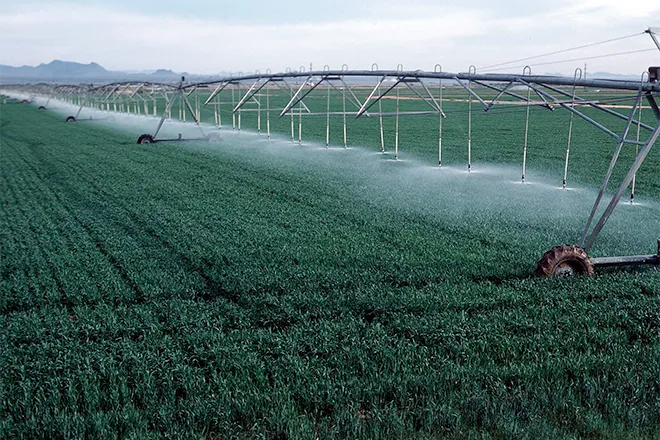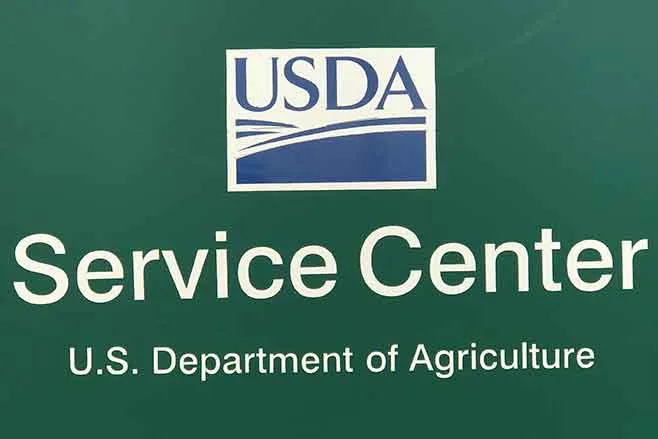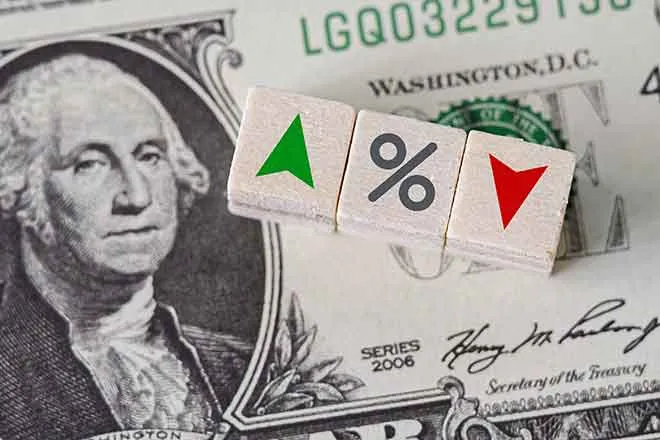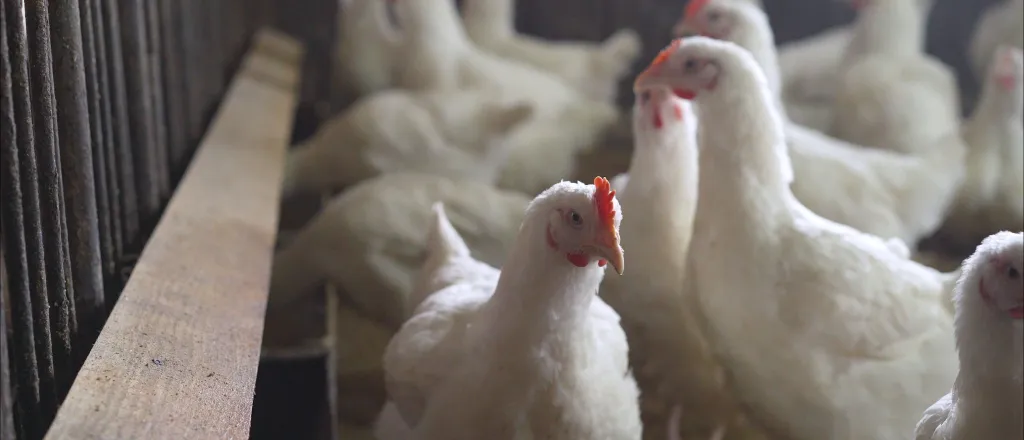
Poll: Americans concerned about bird flu effects on wallets over health
© Ruslan Sidorov - iStock-1197330374
Click play to listen to this article.
Americans are more concerned about bird flu's effect on grocery costs rather than health implications, and Republican voters are more likely to distrust Centers for Disease Control and Prevention information about the virus, according to a new poll from the health policy research and news organization KFF.
Nearly nine in 10 adults across parties, race and ethnicity, and household income levels are "very" or "somewhat" concerned bird flu will increase the cost of food in the U.S.

© Sakorn Sukkasemsakorn - iStock-1397011551
Audrey Kearney, senior survey analyst for KFF, said rising economic pressure has households more worried about paying for housing, gas, transportation and everyday expenses.
"We found that only half of the public said that they are really hearing a lot about bird flu on a day-to-day basis," Kearney reported. "It might not be resonating in the way of health but it definitely is resonating in when they go grocery shopping."
Since 2022, officials have identified just two backyard flocks, around 260 birds, in the state affected by the virus. Earlier this year, the West Virginia Department of Agriculture issued a suspension on all poultry exhibitions and sales statewide, calling the move a precautionary measure.
Kearney added one of the biggest takeaways from the data is Americans now have different levels of trust between community experts they are interacting with on a daily basis, and major institutions.
"Messages from people's doctors are going to be the most well received and probably the most effective on that front," Kearney explained.
Currently, the CDC recommends people avoid close contact with sick animals and avoid unpasteurized milk products as precautions against bird flu, while eggs purchased from grocery stores are considered safe.
Since April 2024, 70 human cases of bird flu have been reported in the U.S. Of those, 41 cases were associated with exposure to sick dairy cows and 26 were associated with exposure to poultry.

